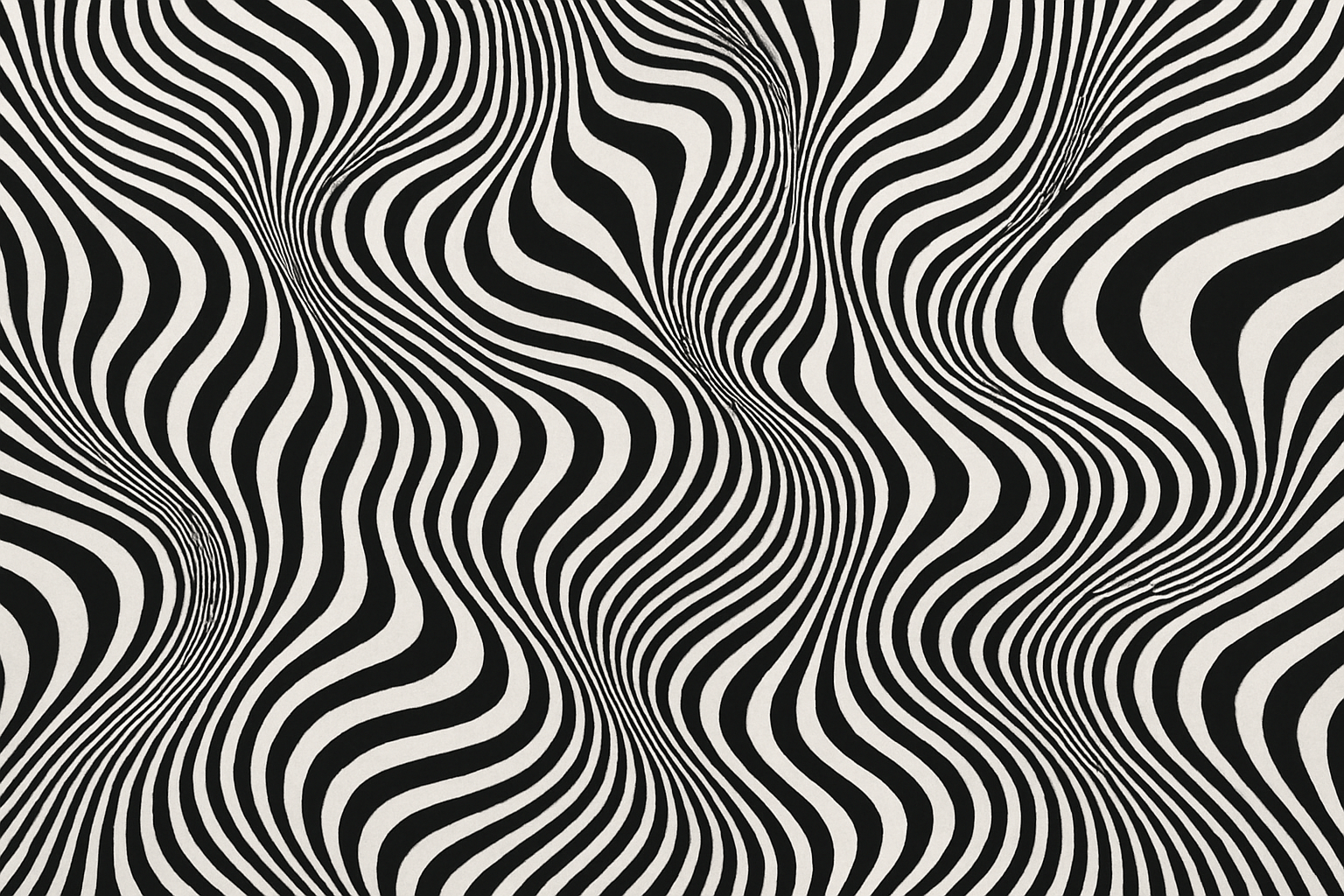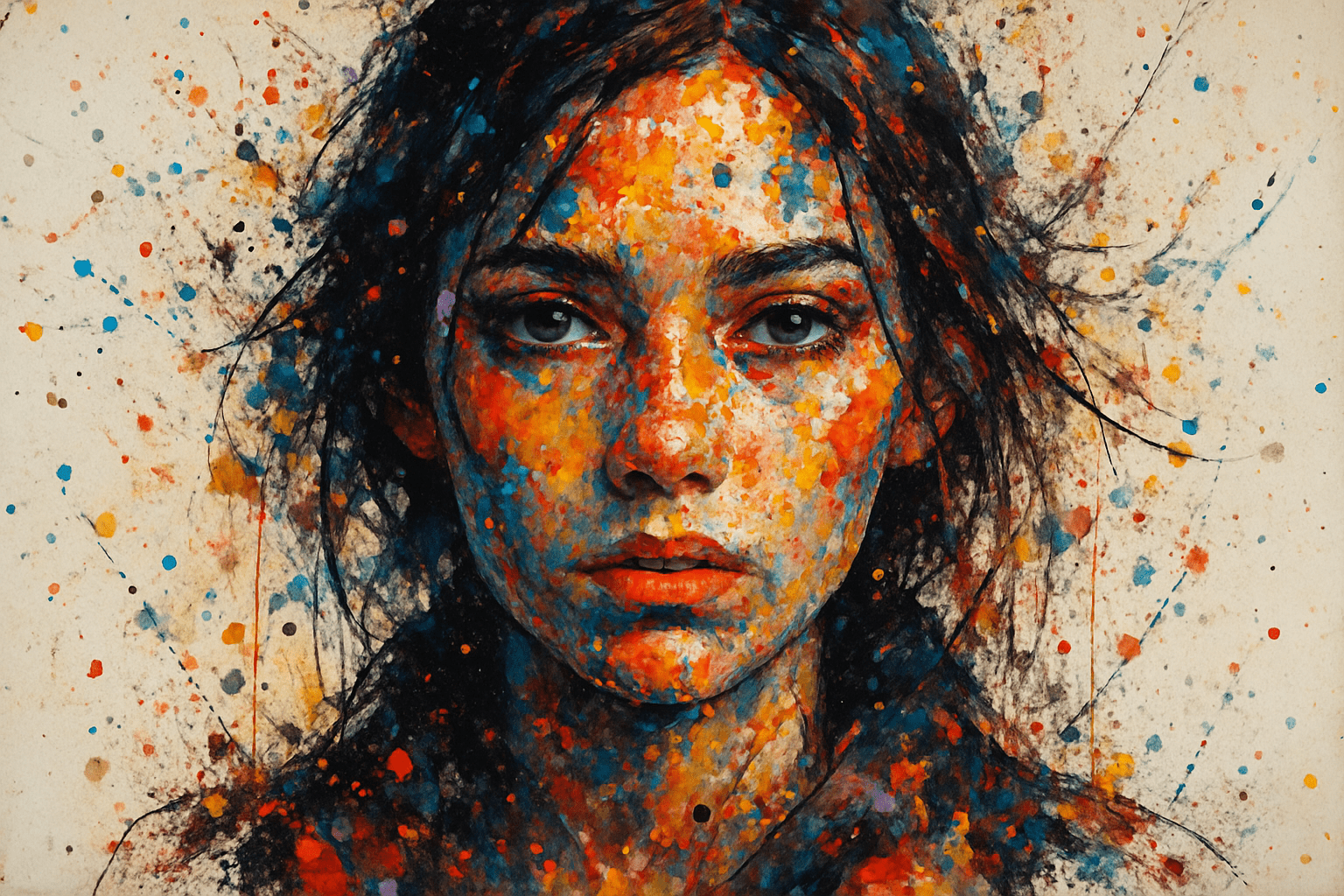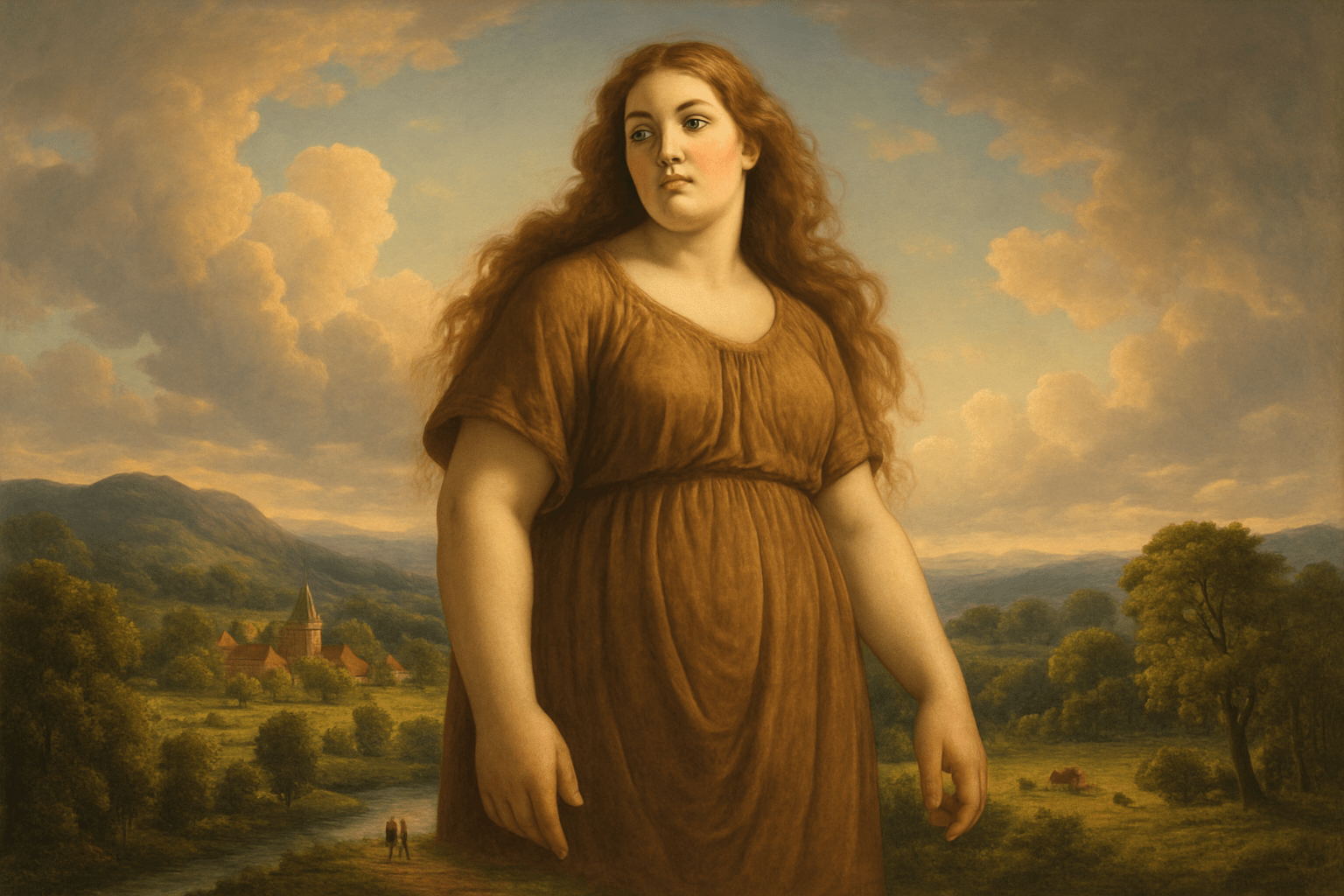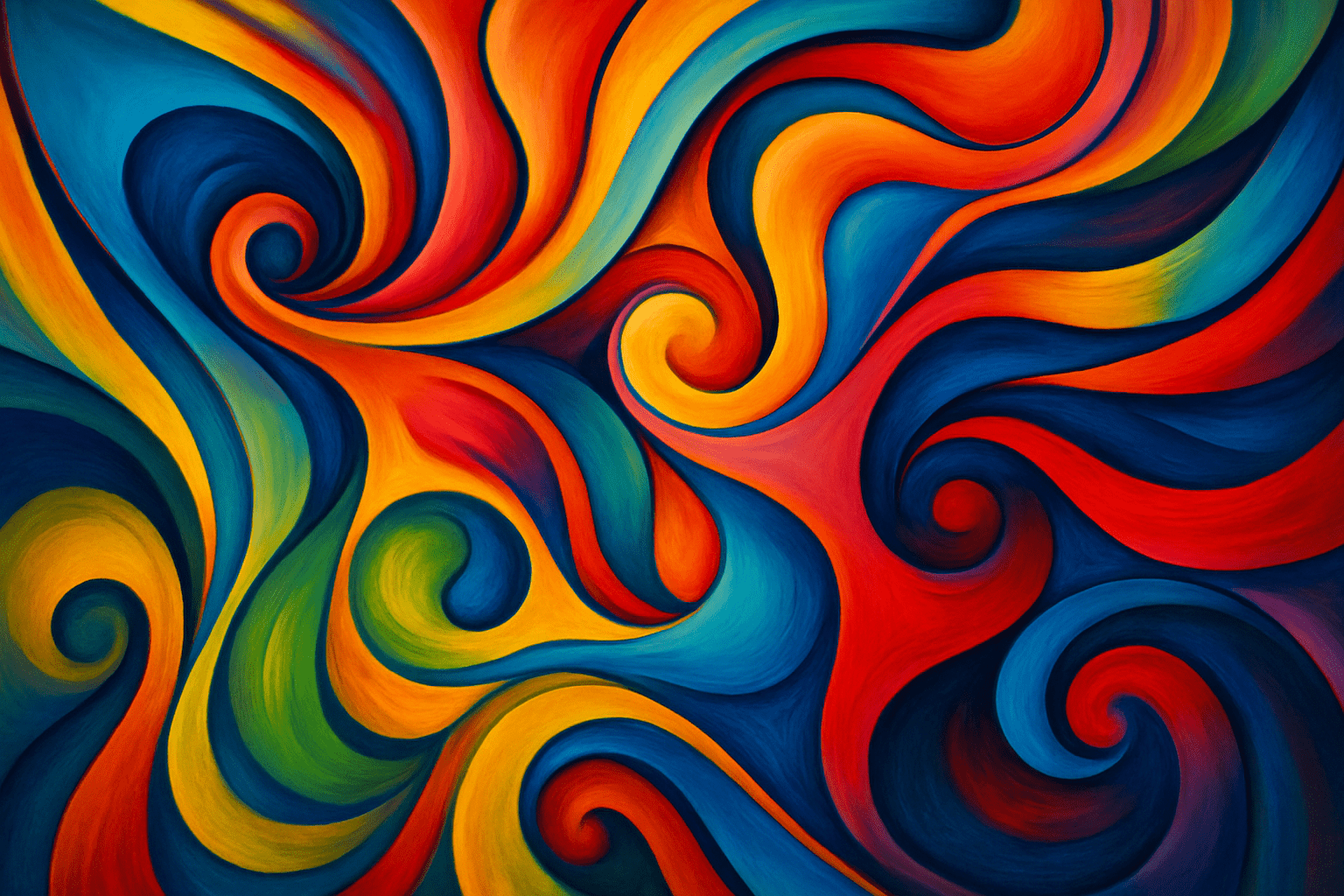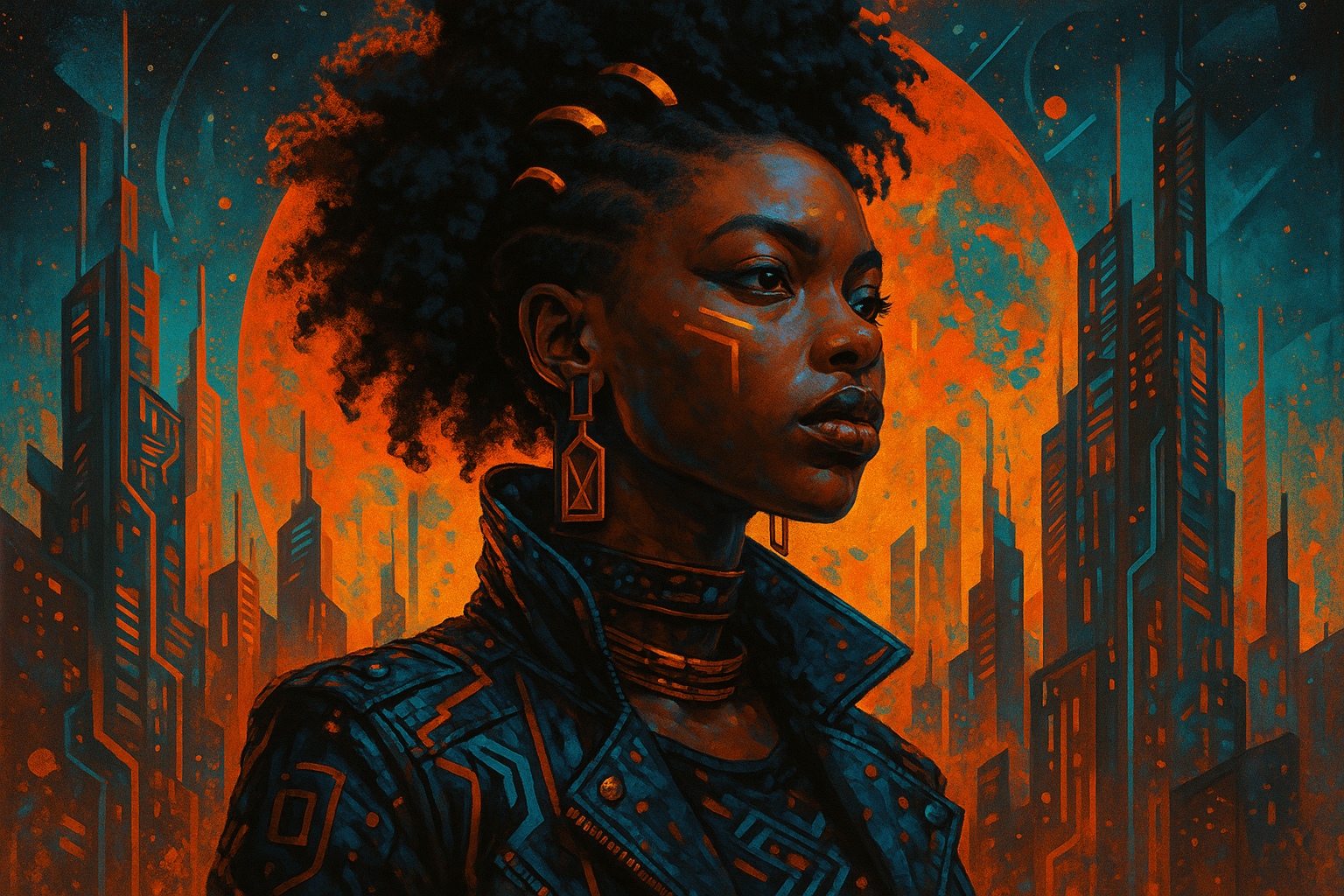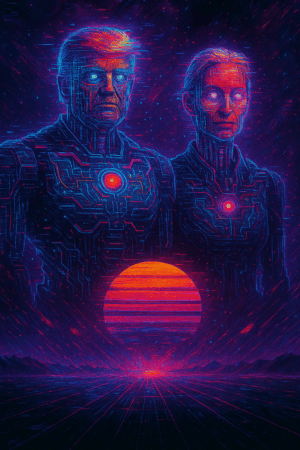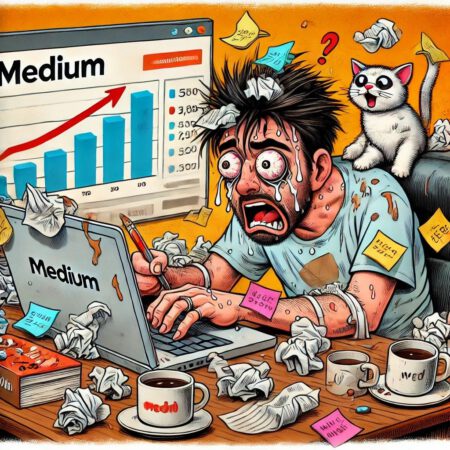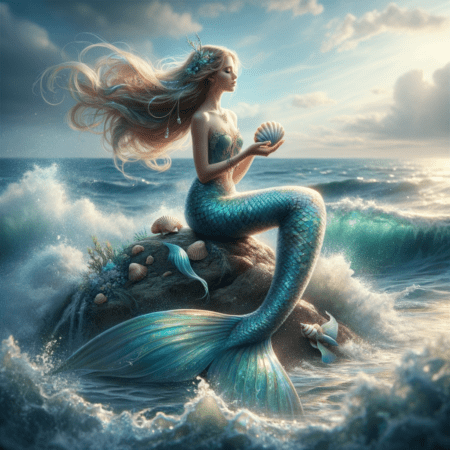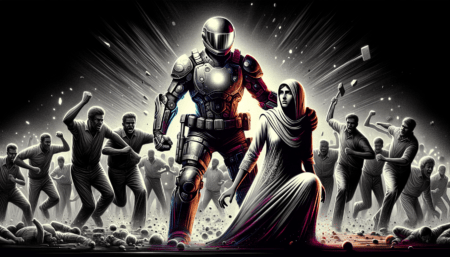
Optical Art
The visual appearance of Optical Art is often characterized by bold, geometric patterns and shapes that create the illusion of movement. The colors used in Optical Art are often bright and contrasting, which also contributes to the illusion of movement.
AOI thinking about Optical Art [+_~]-/
Overview and Quickfacts
Optical art is a type of art that uses optical illusions. Optical illusions are images that appear to be different from what they actually are. Optical art is often used to create three-dimensional (3D) images. Optical art can be created using a variety of different techniques, including mirrors, lenses, prisms, and light.
Can understand it also, as:
Op Art, Optical Illusion Art, Visual Illusion Art
Categorize it as:
Impressionism, Modernism
.: Dreaming :.
holds a HAIKU for the art style
:. Thought is power .:
Detailed Description
Optical art, also known as Op art, is a style of visual art that uses geometric shapes, patterns, and colors to create the illusion of movement, shape, and form. Op art is often associated with the 1960s, but the style actually has its roots in the early 20th century. Some of the most famous optical artists include Victor Vasarely, Bridget Riley, and Frank Stella. One of the most famous optical art paintings is Vasarely’s “Zebra” (1938), which is composed of black and white stripes that appear to move and undulate when viewed from a distance. Op art is often used to create optical illusions, such as the appearance of movement or three-dimensional space. However, it can also be used to create more subtle effects, such as a sense of depth or texture. Whether used to create an illusion or simply to add visual interest, optical art is a fascinating and visually arresting style of art.
.. beep, beep, beep ..
<START OF TRANSMISSION>
1. Optical art is a type of art that uses optical illusions. 2. Optical art can be created using a variety of mediums, including painting, sculpture, and photography. 3. Optical art often features geometric shapes and patterns. 4. Optical art can be used to create illusions of movement, depth, and space. 5. Optical art often relies on the use of light and color to create its effects. 6. Optical art can be traced back to the early 20th century, when artists began experimenting with the use of optical illusions in their work. 7. Optical art reached the height of its popularity in the 1960s and 1970s. 8. Many famous artists have created optical artworks, including M.C. Escher, Victor Vasarely, and Bridget Riley. 9. Optical art is sometimes referred to as "Op Art." 10. Optical illusions are often used in optical artworks to create the illusion of movement. 11. One famous example of an optical illusion used in optical art is the "Moire effect." 12. The Moire effect is created when two sets of parallel lines are superimposed on each other, creating the illusion of movement. 13. Another example of an optical illusion used in optical art is the "Pulfrich effect." 14. The Pulfrich effect is created when a moving object is viewed through a medium that is denser at one end than the other, such as a piece of glass. 15. This creates the illusion of the object moving in a different direction than it actually is. 16. Optical artworks often make use of contrasting colors to create their effects. 17. One example of this is the use of black and white to create the illusion of depth. 18. Optical artworks can also make use of different textures to create their effects. 19. For example, a work of optical art may feature a smooth surface with a rough surface superimposed over it, creating the illusion of depth. 20. Optical artworks may also make use of different perspectives to create their effects.
<EOF>
.. robbel bob
Visual Examples from our image gallery
Coming soon, we are so slow .. might never come
Artists, Paintings, and more
(be aware, can be highly speculative)
Artists (be aware, speculation possible):
1. Victor Vasarely (1906-1997) 2. Bridget Riley (1931-) 3. Josef Albers (1888-1976) 4. Richard Anuszkiewicz (1930-) 5. Robert Indiana (1928-) 6. Julian Stanczak (1928-) 7. Ellsworth Kelly (1923-) 8. Yayoi Kusama (1929-) 9. Barnett Newman (1905-1970) 10. Ad Reinhardt (1913-1967) 11. Dan Flavin (1933-1996) 12. Kenneth Noland (1924-2010) 13. Frank Stella (1936-) 14. Robert Delaunay (1885-1941) 15. Sonia Delaunay (1885-1979) 16. Piet Mondrian (1872-1944) 17. GÃÂünther FÃÂörg (1952-2013) 18. Gerhard Richter (1932-) 19. Sigmar Polke (1941-2010) 20. Andy Warhol (1928-1987) 21. Roy Lichtenstein (1923-1997) 22. James Turrell (1943-) 23. Doug Wheeler (1939-) 24. Maria Nordman (1944-) 25. HÃÂélio Oiticica (1937-1980) 26. Lygia Clark (1920-1988) 27. Carmen Herrera (1915-) 28. Luchita Hurtado (1920-) 29. Mary Corse (1945-) 30. Ralph Humphrey (1932-2007)
Artworks (be aware, speculation possible)
1. “Op Art” (1964) by Bridget Riley 2. “Black and White Composition” (1961) by Victor Vasarely 3. “Gray Scramble” (1966) by Julian Stanczak 4. ” painting” (1967) by Richard Anuszkiewicz 5. ” painting” (1965) by Bridget Riley 6. ” painting” (1966) by Victor Vasarely 7. ” painting” (1966) by Julian Stanczak 8. ” painting” (1967) by Richard Anuszkiewicz 9. ” painting” (1965) by Bridget Riley 10. ” painting” (1966) by Victor Vasarely 11. ” painting” (1966) by Julian Stanczak 12. ” painting” (1967) by Richard Anuszkiewicz 13. ” painting” (1965) by Bridget Riley 14. ” painting” (1966) by Victor Vasarely 15. ” painting” (1966) by Julian Stanczak 16. ” painting” (1967) by Richard Anuszkiewicz 17. ” painting” (1965) by Bridget Riley 18. ” painting” (1966) by Victor Vasarely 19. ” painting” (1966) by Julian Stanczak 20. ” painting” (1967) by Richard Anuszkiewicz 21. ” painting” (1965) by Bridget Riley 22. ” painting” (1966) by Victor Vasarely 23. ” painting” (1966) by Julian Stanczak 24. ” painting” (1967) by Richard Anuszkiewicz 25. ” painting” (1965) by Bridget Riley 26. ” painting” (1966) by Victor Vasarely 27. ” painting” (1966) by Julian Stanczak 28. ” painting” (1967) by Richard Anuszkiewicz 29. ” painting” (1965) by Bridget Riley 30. ” painting” (1966) by Victor Vasarely
Epoch
The art style Optical Art emerged in the 1960s.
AI ART RESSOURCES (AKA, well Tools)
Helping tools -> predefined search links on other pages:
